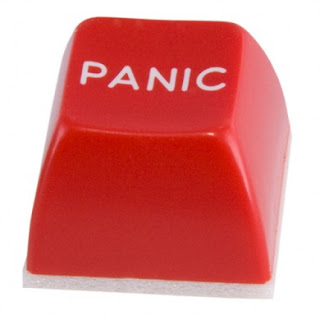The Victorian Era was one of the most socially repressed times in our modern history. And yet, despite the fact that the mere sight of lady's exposed ankle would send fissures of scandal throughout the ranks of society, there was nevertheless a lava flow of feeling pulsating beneath the surface. The first pornographic images proliferated during this time and secret societies where outwardly respectable men wore dark hoods and engaged in debauchery by candlelight flourished. It is no wonder, then, that the people of this period, who were too constrained by social norms to speak their thoughts aloud, would choose to pour them out onto vellum, parchment and pulp in the form of a Valentine’s Day card.
The florid expression of Valentine sentiments reached their zenith in the Victorian era. During this time valentines were elaborate poetic expressions of love that were more highly prized than Christmas cards. The designs on the cards were highly stylized using all manner of media from lace, to buttons, ribbons, glass, mirrors, bird feathers and even locks of hair intricately entwined to form flowers, complex knots and other designs. Before mass production began in the late 1840s, Valentines were intensely personal and everyone, for a day, was a poet.
Writers are uniquely equipped to express the sentiments of the day whether they be positive or negative. They speak to the cultural norms of their society and provide a much needed voice to cut through the apathy and anonymity of the modern, technological time in which we live. In our current permissive society where pornography has become prosaic, romance and sentiment are so much harder to come by. The writer can breathe new life into the dying art of the Valentine. After all, there are so many different types of love to celebrate: the love of family, of friendship, puppy love, passionate romantic love, love for one's pets and the love of a truly stellar slice of cheesecake.
So, writers, let your voice be heard! Put pen to paper and let only the outer boundaries of the universe limit your imagination. Now more than ever we need to reacquaint ourselves afresh with the language of love, the lexicon of the heart, the vocabulary of the soul. Elizabeth Barrett Browning was no slouch in this area. Her passionate and abiding love for her husband expressed itself keenly in Sonnet 43. This is my favorite line:
I love thee to the depth
and breadth
and height
My soul can reach
It doesn't get much better than that, folks. But when was the last time a line of poetry sucked the breath out of your lungs or transported you back to the time when you first fell in love? Maybe it is time to imagine those moments and immortalize them in a poem for the day. Let Valentine's Day inspire your inner Browning and see where that journey takes you. Do not allow the consumerism that is so entwined with this day to make you bitter or blasé. Reinvigorate your writer's heart to embrace the deeper meaning of romance and compose a Valentine that would make Hallmark greetings look like bathroom stall graffiti.







